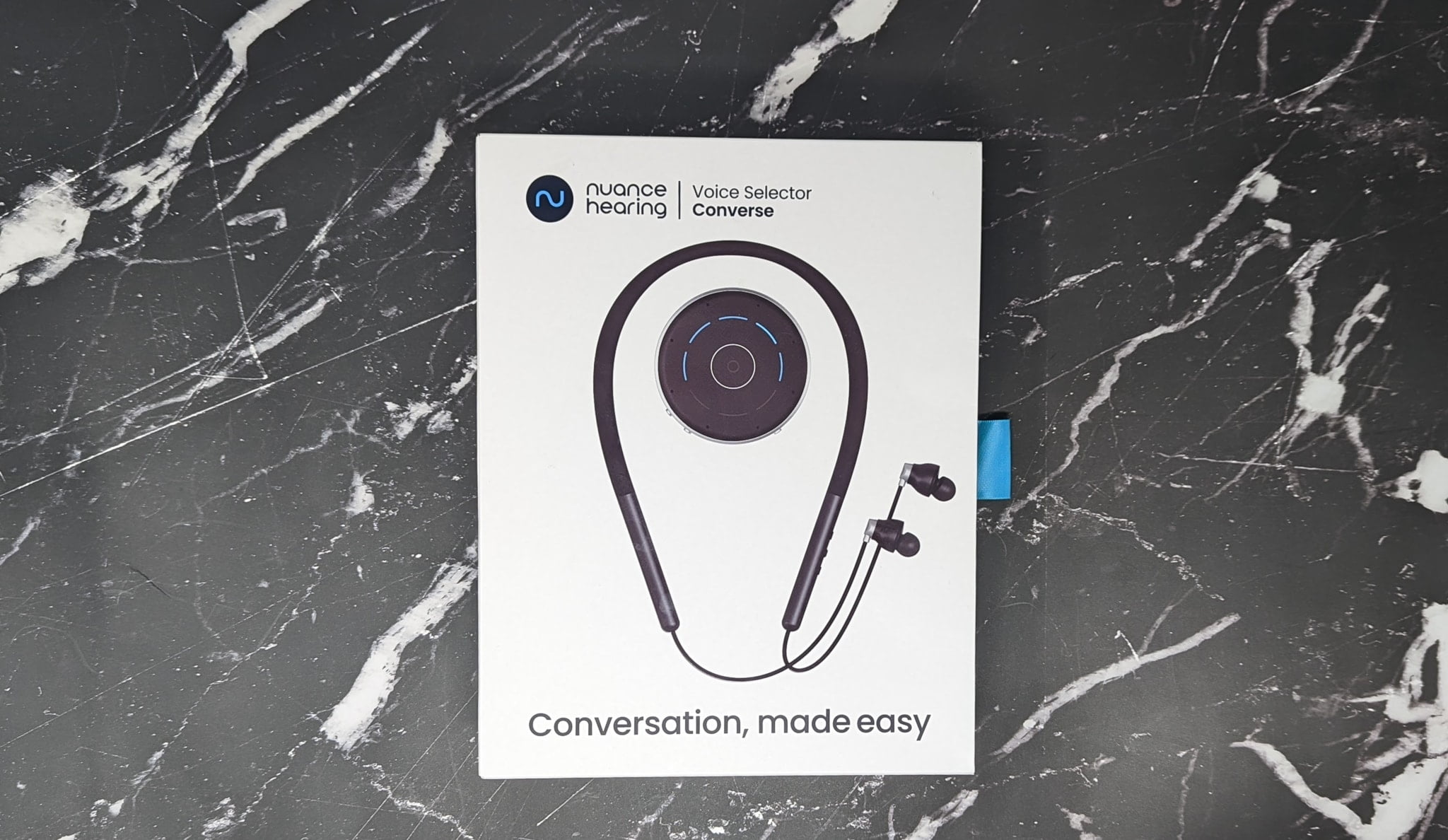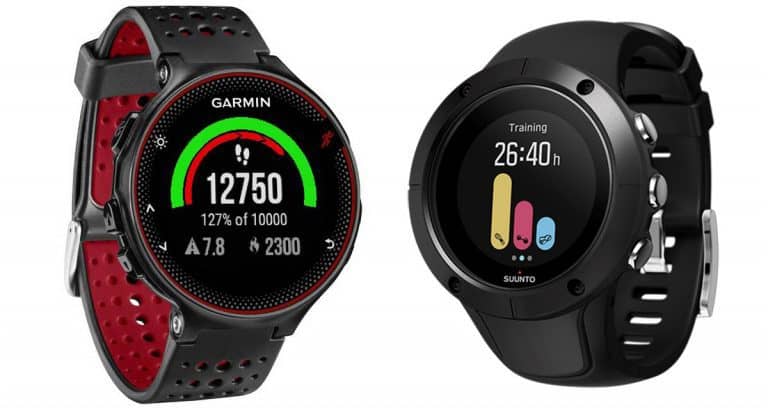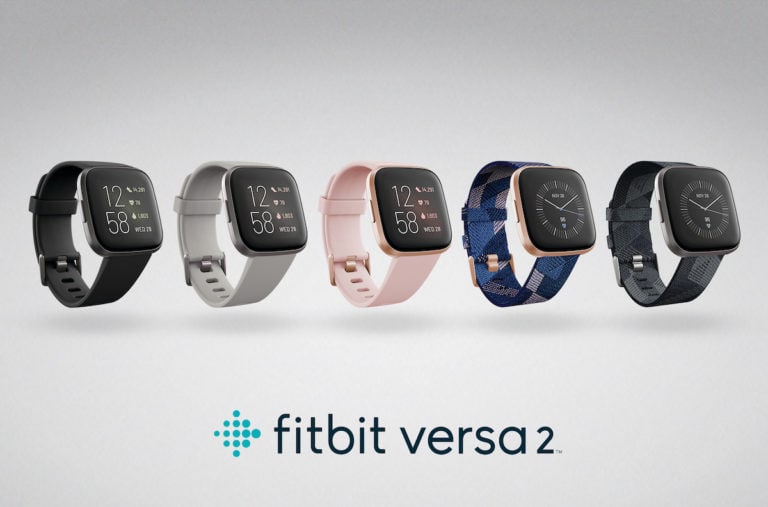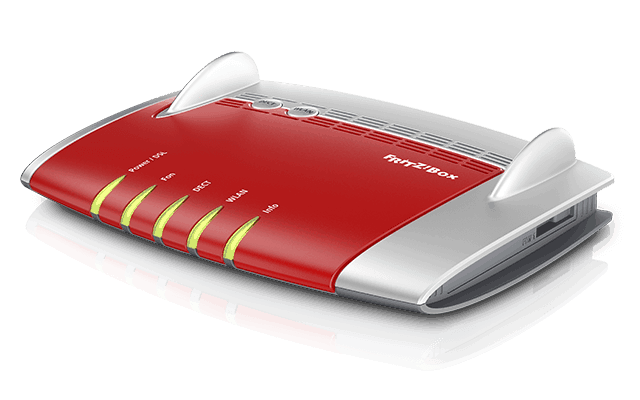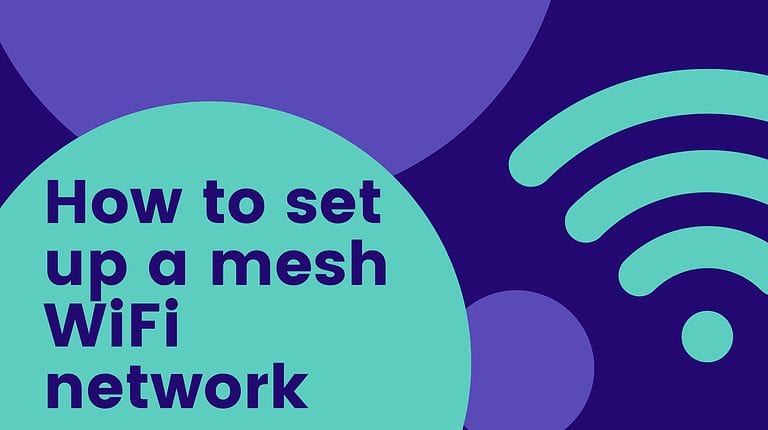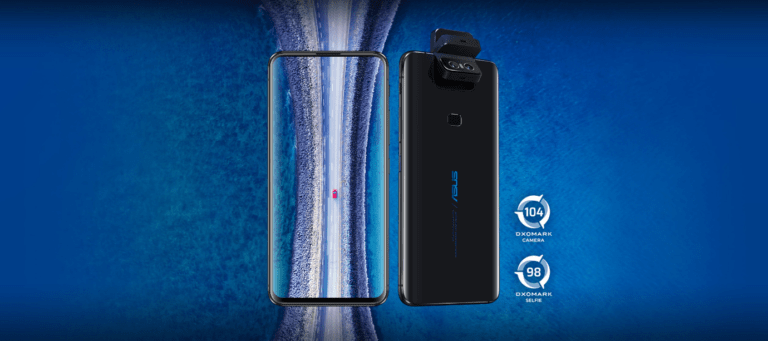Any links to online stores should be assumed to be affiliates. The company or PR agency provides all or most review samples. They have no control over my content, and I provide my honest opinion.
The Nuance Hearing Voice Selector is a new device that aims to provide relief from auditory distraction and background noise.
It is specifically aimed at overcoming challenging hearing situations for those who struggle with the cocktail party problem offering a tech solution to understand conversations in a crowded room, without the need for hearing aids.
A survey carried out by Opinium on behalf of Nuance hearing found that 41 per cent of all UK adults admit to having the ‘cocktail party problem’ where they struggle to understand speech in a noisy environment. Over a third (36 per cent) said noisy environments caused them stress and anxiety and 60 per cent of those with hearing problems said they would be open to trying out tech to help them hear in a busy environment.
Features – What is it?
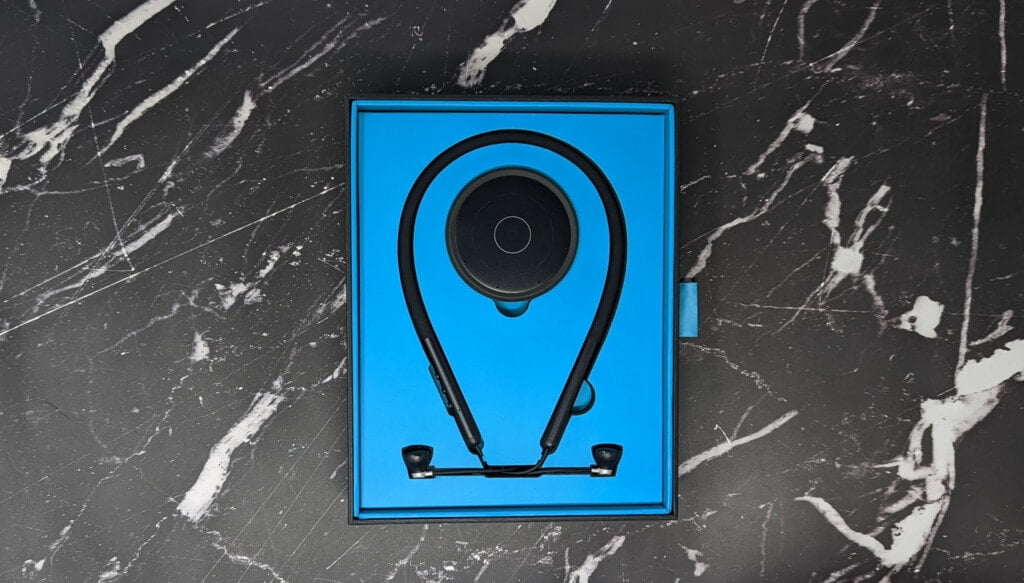
The Nuance Hearing Voice Selector is a disk-shaped hearing accessory that you place onto a table and is paired up with special low latency earphones. This device then has 8 microphones built into it which pick up sounds and voices around it.
The Voice Selector Converse has unique auto-steering technology which picks up the dominant speaker, even when they are moving about. Alternatively, the user can manually switch between speakers when conversing a group.
It also captures, processes, and plays audio at a record speed of six milliseconds (0.006 seconds). It’s a multifunctional device and can be used as a table microphone or remote microphone – ideal for most scenarios where background noise can be an issue.
The remote microphone works by having the person with poor hearing wearing the earphones then a second person wearing the Nuance around their neck. This could be handy for in-car use or perhaps when outdoors with your partner.
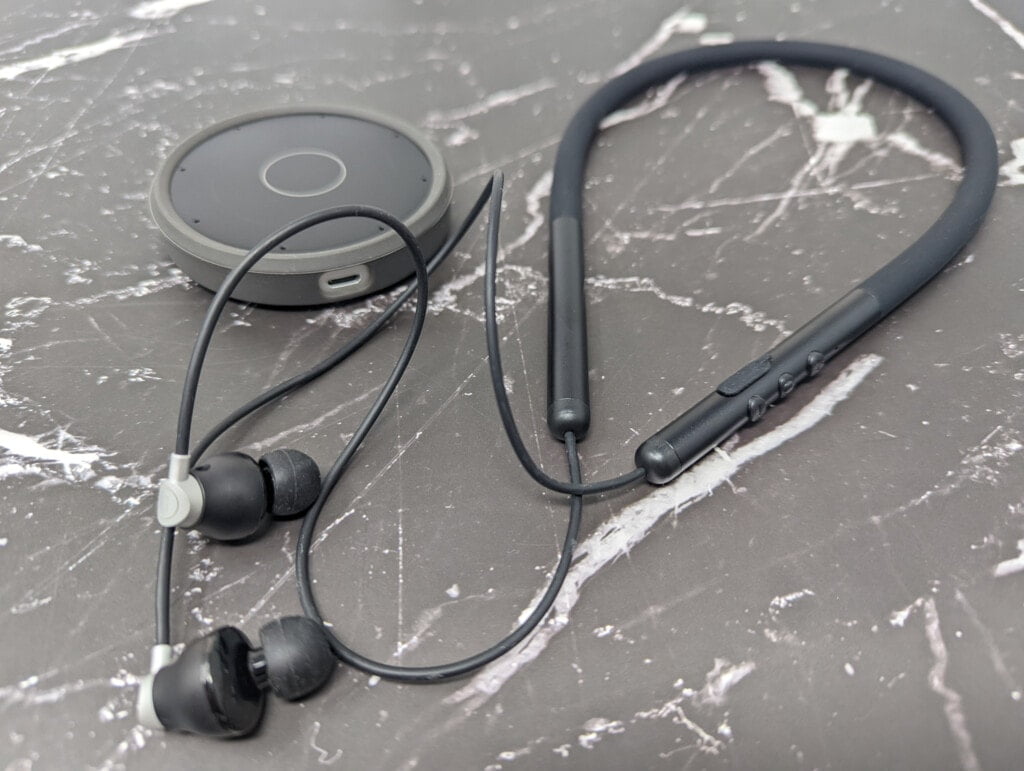
My Situation
When I was first introduced to this device it sounded amazing. I suffer from the problems it aims to fix. I have partial damage to my right cochlea. My hearing is generally good in quiet environments but as the noise picks up it quickly deteriorates, and I struggle to hear what people say. Any form of background noise makes it increasingly difficult for me to make out what people say.
I am generally OK with groups of people at home, so the cocktail party problem may not be the best description of my issue but pubs or anywhere that plays music or has a lot of people talking is a problem.
In theory, I would have loved to use this in the pub, but in the end, I found that the overall design and performance wasn’t suited to this environment. It wasn’t advertised for this scenario either.
Set-Up / App
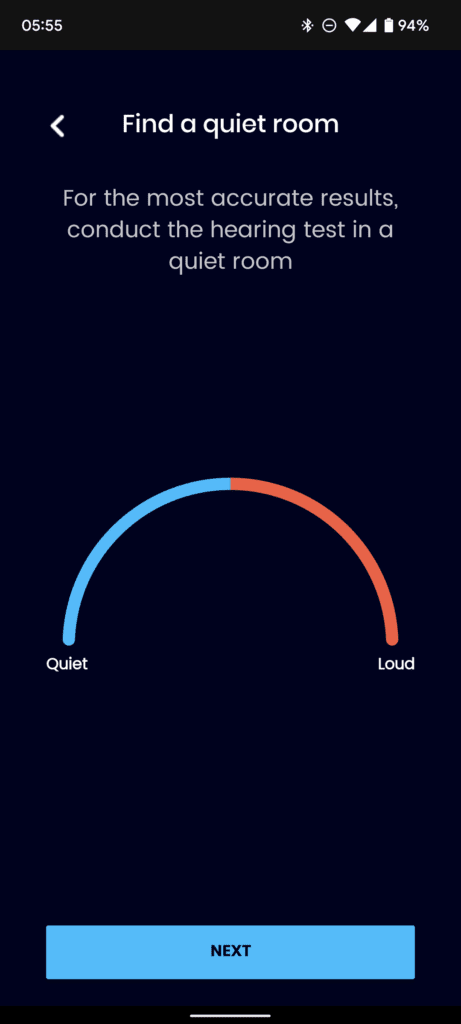
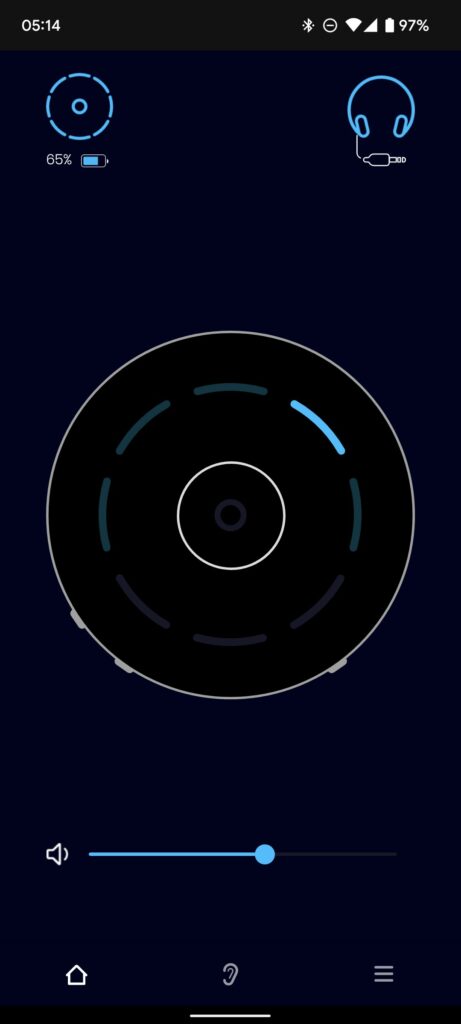
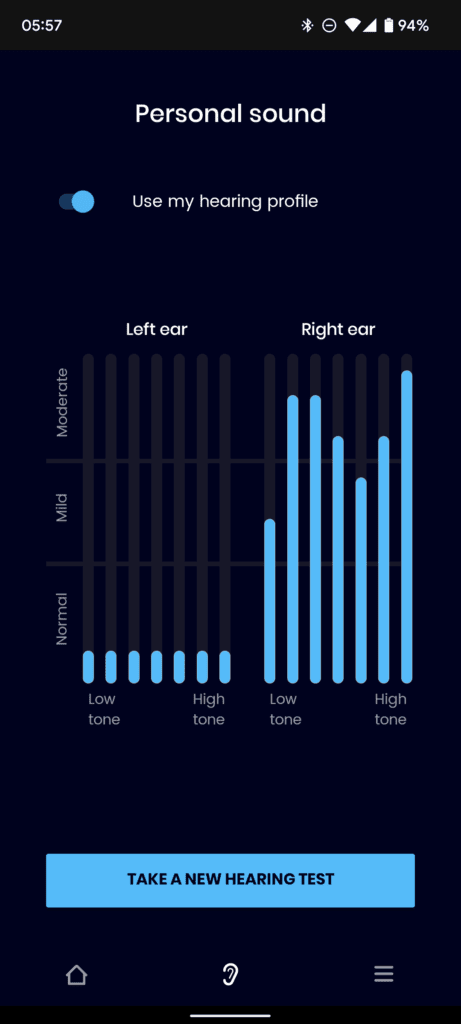
The Nuance has a companion app, it doesn’t really do a great deal so you shouldn’t need to use it often. The only thing I found useful was the hearing test function, it did seem to improve things quite a bit afterwards. As you can see from my hearing profile my hearing problem is very much in my right ear.
Pairing Up earphones including third party earphones – aptX LL limitations
The Nuance comes with some low latency neckband style earphones. I am not sure why they thought using a neckband earphone was a good idea, looking at their own promo shots it looks stupid wearing them in social situations.
Unfortunately, these use aptX Low Latency, which is now an obsolete Bluetooth codec that has been superseded by aptX Adaptive.
There is a handful of over-ear headphones that use aptX LL but the only in-ear earbuds I know that you can buy with this codec are the EPOS GTW 270. They are excellent earbuds but annoyingly I seem to have mislaid my pair.
The Nuance will pair with any Bluetooth earbuds and I tried this with the Cambridge Audio Melomania 1 Plus. The audio sounded good with these and the passive noise isolation helps improve the overall performance. Unfortunately, there is a noticeable lag between someone speaking and the earbuds.
Pairing the earbuds up is quite easy. With the Nuance outside of its protective case, there is a small Bluetooth button you need to help down. The lights will start to flash and it is in pairing mode. Then place your earbuds into pairing mode (normally you just continue to hold power when you switch them on) and they should auto pair.
Using the included earphones also has some noticeable latency. Or at least a bit echoey sensation with you still being able to hear the person speak, but also the earphones repeating that sound.
In use
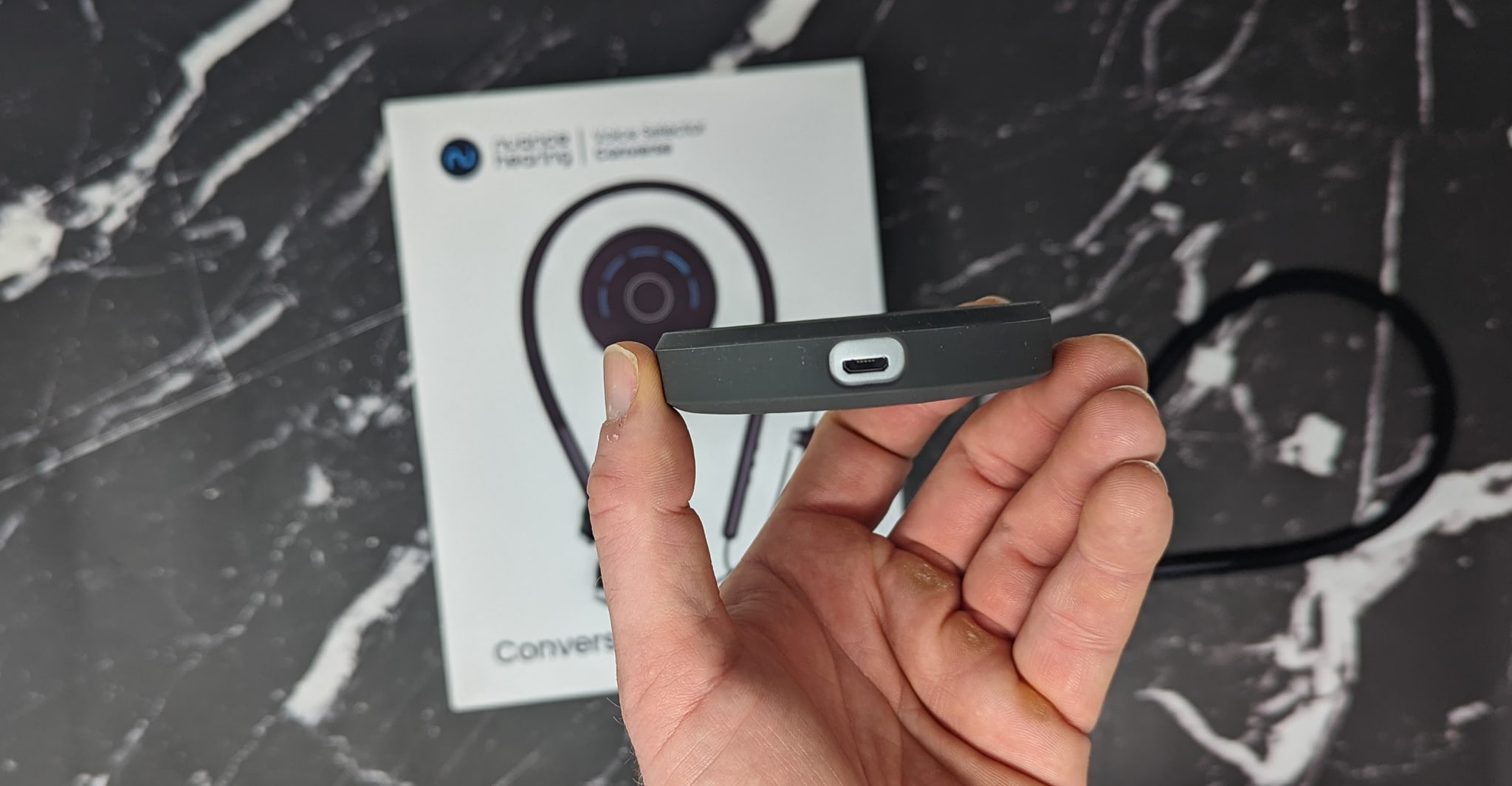
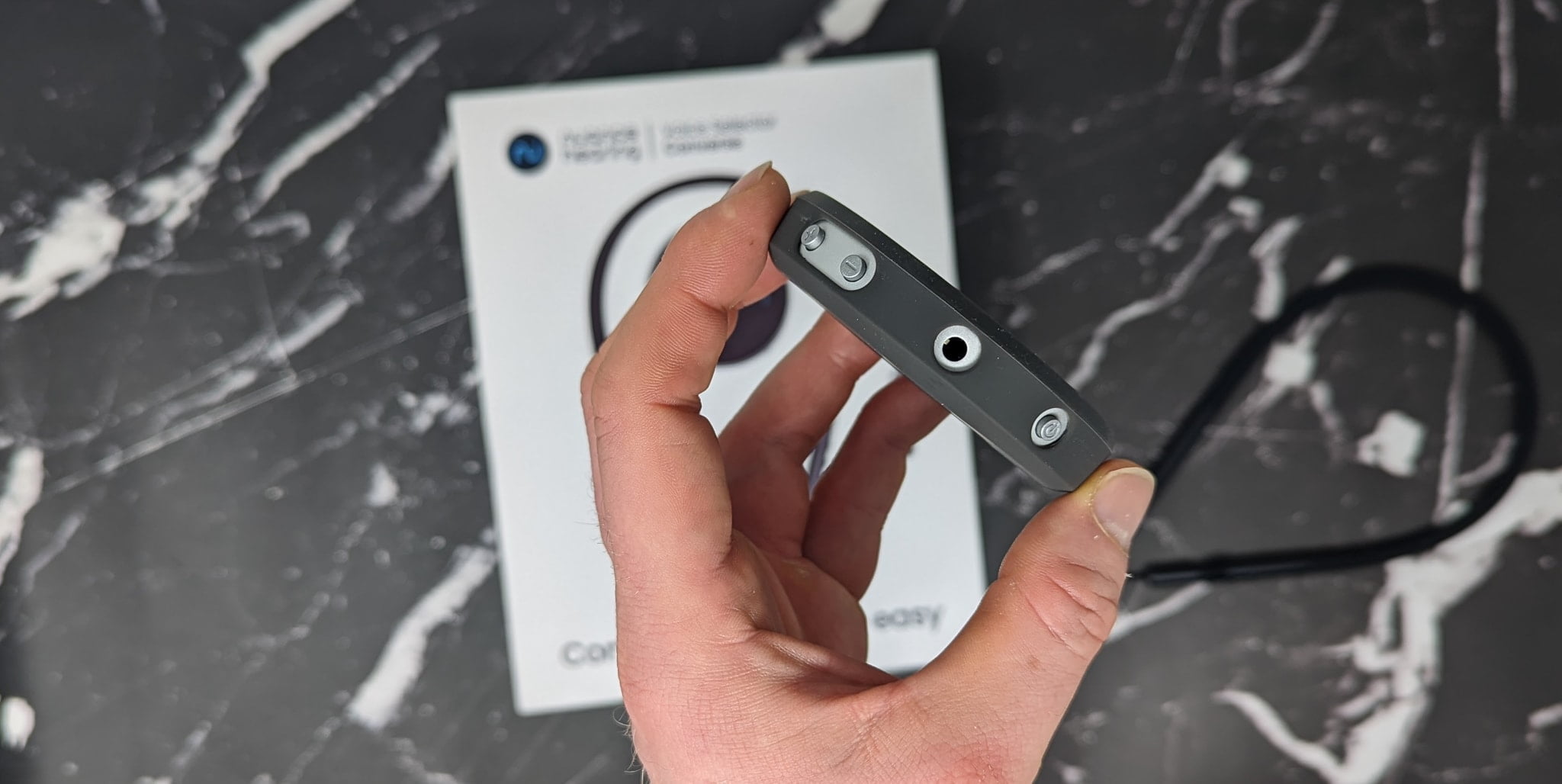
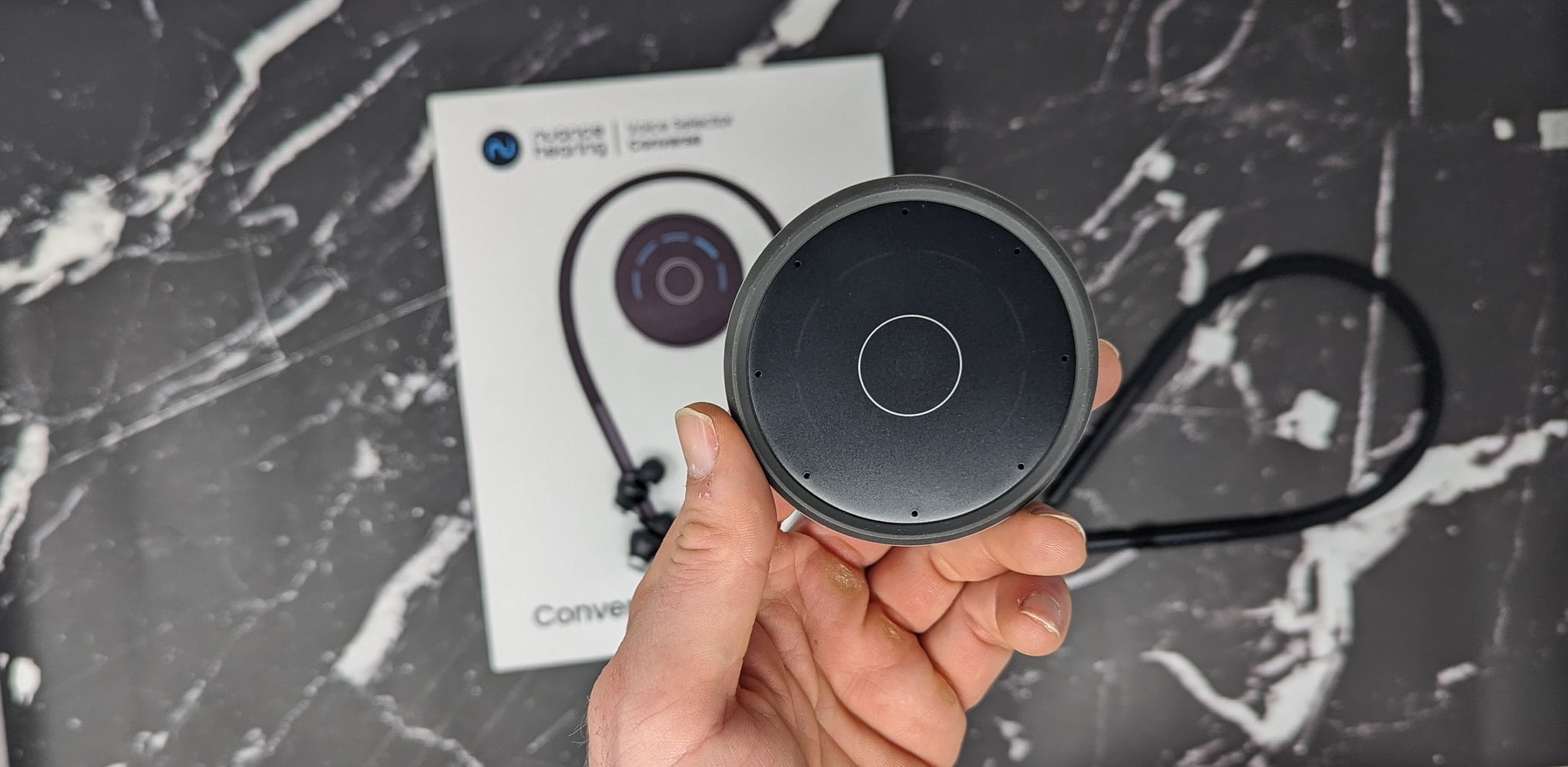
I had mixed results when testing this. It does work as advertised but it is not some miraculous fix for difficulty with hearing voices with background noise. My initial impressions were quite poor but the more I used it the more scenarios I found it useful in.
I found that performance significantly improved with the included earphones after I did the hearing test part of the set-up
The Nuance is essentially just a disk with 8 microphones. Each one of the microphones can detect if the sound is coming from that direction then change the pickup to that direction.
In theory, it will identify a voice and magnify that. You can also disable specific microphones to manually control the directionality of the device.
While it does manage to achieve those things, the overall performance is a bit of a mixed bag.
The microphones themselves seem to be quite low quality so the amplified sound sounds quite tinny. It is possible that this is a design decision allowing it to separate vocals from other ambient sounds but it doesn’t produce the best quality of sounds.
It also doesn’t magically identify voices as well as I had hoped. It will still pick up plenty of other sounds, while it does effectively amplify voices you end up with quite a tinny sound.
When testing this in my mother’s kitchen where we congregate around her dining table the performance was not good at all. The kitchen with all its hard surfaces ended up causing the Nuance to amplify lots of the unwanted high pitched noises within the kitchen. Everything just sounded even more echoey.
Testing this in a more controlled environment in my office with music played from my speaker. The performance was quite good. The passive noise isolation of the earphones reduced the volume of the music while the microphone picked up my voice. Switching off the mics that were facing the speaker’s improved performance further.
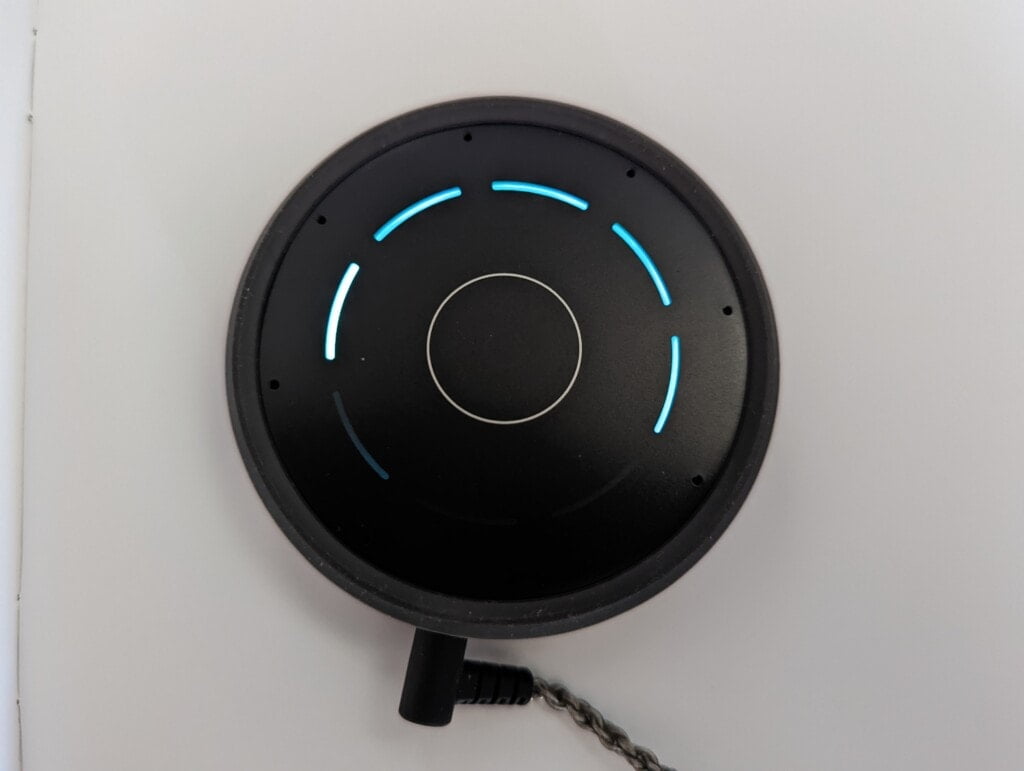
Continuing to use this in other environments revealed it was good in some scenarios but less than ideal in others. I frequently had to rely on the manual microphone selection to get the best results.
From my experience, it worked best in scenarios where I don’t think I would have difficulty hearing in the first place. So, I think in my case, my hearing is not bad enough to make the most of the technology.
Oddly I had different results with the wired and wireless modes. With wired earphones, these suffered from more of the low-quality tinny audio than the Bluetooth. I suspect that into DAC for the 3.5mm port is quite poor.
Price and Alternative Options
The Nuance Hearing Voice Selector is priced at £399 which seems like a lot of money for what you get.
However, I am not aware of any direct competitors, and I would assume the best alternative is a hearing aid which can easily cost £1500+.
Overall
I had high hopes for the Nuance Hearing Voice Selector thinking that it may be able to alleviate the frustration of not hearing people in noisy environments. I think that my unrealistic expectations of being able to use this in busy social environments meant I was left a bit disappointed by the overall performance at first.
Once I had everything set up and used it for a bit longer, I did start to appreciate the benefit of using this, certainly if you have more significant hearing loss.
It is also considerably cheaper than a proper hearing aid and if your hearing is bad enough that a hearing aid might be needed then this is well worth trying as an affordable alternative.
There is also a 30-day money-back guarantee, so it is definitely worth trying out if you suffer from the problems this aims to fix.
I love the idea behind this technology and I think there is huge potential for it to be useful for a wider audience.
Nuance Hearing Voice Selector Review Rating
Summary
The Nuance Hearing Voice Selector works as advertised but isn’t some miraculous solution for anyone that struggles to hear voices with loud backgrounds. It seems like it will work best with people with a moderate level of hearing loss and as an affordable alternative to a hearing aid.
Overall
70%-
Overall - 70%70%
Pros
- Works as advertised, it can selectively amplify voices while reducing background noise
- Much more affordable than a hearing aid
Cons
- Included earphones are hardly discrete
- Mix results and these seem like they will work best with a moderate amount of hearing loss
I am James, a UK-based tech enthusiast and the Editor and Owner of Mighty Gadget, which I’ve proudly run since 2007. Passionate about all things technology, my expertise spans from computers and networking to mobile, wearables, and smart home devices.
As a fitness fanatic who loves running and cycling, I also have a keen interest in fitness-related technology, and I take every opportunity to cover this niche on my blog. My diverse interests allow me to bring a unique perspective to tech blogging, merging lifestyle, fitness, and the latest tech trends.
In my academic pursuits, I earned a BSc in Information Systems Design from UCLAN, before advancing my learning with a Master’s Degree in Computing. This advanced study also included Cisco CCNA accreditation, further demonstrating my commitment to understanding and staying ahead of the technology curve.
I’m proud to share that Vuelio has consistently ranked Mighty Gadget as one of the top technology blogs in the UK. With my dedication to technology and drive to share my insights, I aim to continue providing my readers with engaging and informative content.

